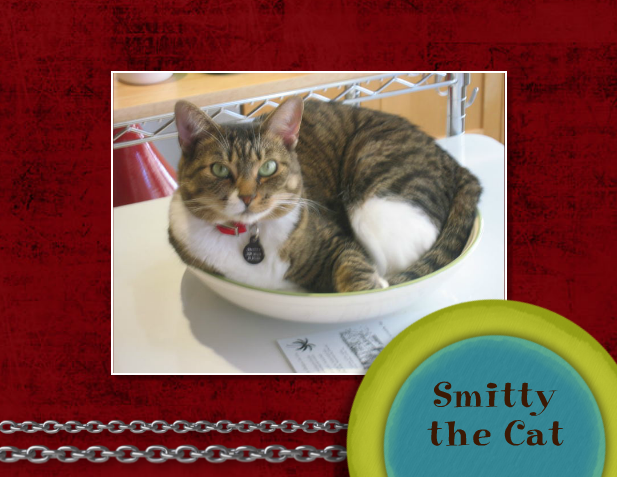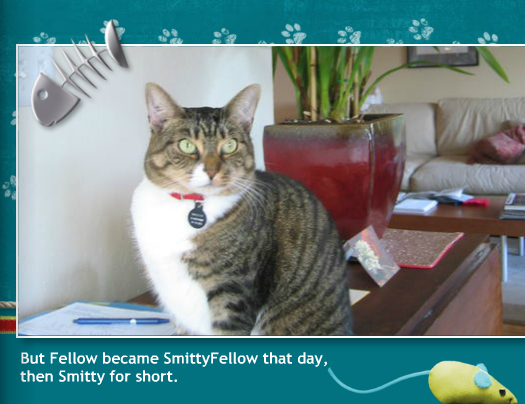Kids love books about animals. And they especially love picture books that tell a funny or poignant story about how animals touch our lives. But if the picture book is about their animal and tells the story of the role their pet plays in our lives, it will likely be their favorite bedtime book from now till forever. You don’t have to be a children’s book author to create a sweet little book your kids will love. Here’s how to make your vision into a reality.

1. Brainstorm Ideas Start by thinking of a few stories about your pet. It be about one hilarious incident, like the time when your cat sidled up to an electrical socket, got enough of a shock that his hair stood on end, and peed on the toilet from that moment forward. A story like that would simply need a little embellishment and comic finesse. Or it could be the sweet story of the first time you met the animal destined to become the family pet. Or you can simply make your book a chronicle of hilarious photos of your pet doing things like sleeping in grocery bags, curling up in bowls far too small to fully accommodate his girth, eating broccoli, sporting Halloween costumes, or napping with the baby. If your pet was adopted as an adult, you might even write a mythology of what life was like before—the more fantastical the better.
2. Craft the Story If you’re simply putting captions to photos, you’ll want to move ahead to step three. But if you’re crafting a story, now’s the time to open up a blank Word document and get typing. You’ll want to start by just getting the story down. Once you’ve done your big brain dump, do a quick word count to see how long your text is. If you’re over 700 words, you might want to distill the story a bit before you start breaking it into sections. You’ll probably want to keep your book between 30 and 40 pages (which comprises 15 or 20 spreads), with somewhere between 10 and 20, but no more than 35 words on each spread. So a children’s book that’s 40 pages long should have no more than 700 words. There are certainly exceptions to this rule, but it can help to have a realistic understanding of length right off the bat. Once you’re story is in the ballpark as far as overall length, you can start breaking it into sections. In many places you might find that the natural break in action fits perfectly with your target number of words per page. But you might also find that you have to rework sections until the words layout appropriately.
3. Put It to Pictures Start by choosing your trim size and selecting a Mixbook theme for your book. You can choose an unadorned portfolio or the Cats and Dogs theme. If you’re simply putting captions to funny pet pictures, upload them into your Mixbook and play around with the layout until you like the way they’re organized. Since it’s primarily an image-driven book, the words should take a backseat to visuals. Once you’re happy with where your pictures fall, add captions that either stand alone or play off one another. If you’re illustrating a story that you’ve already crafted in step number two, go through your Mixbook page by page choosing a layout that accommodates both images and text, then simply drop your text into the pages. You can then go back and find photographs to illustrate your tale. If your story is fiction—say it’s about your pet’s exploits in outer space—you can use Mixbook’s theme stickers to add a little atmosphere.
Once you’re done with your book, order a copy for your kids. And don’t forget to order extras as Christmas gifts for family and close friends with kids.




